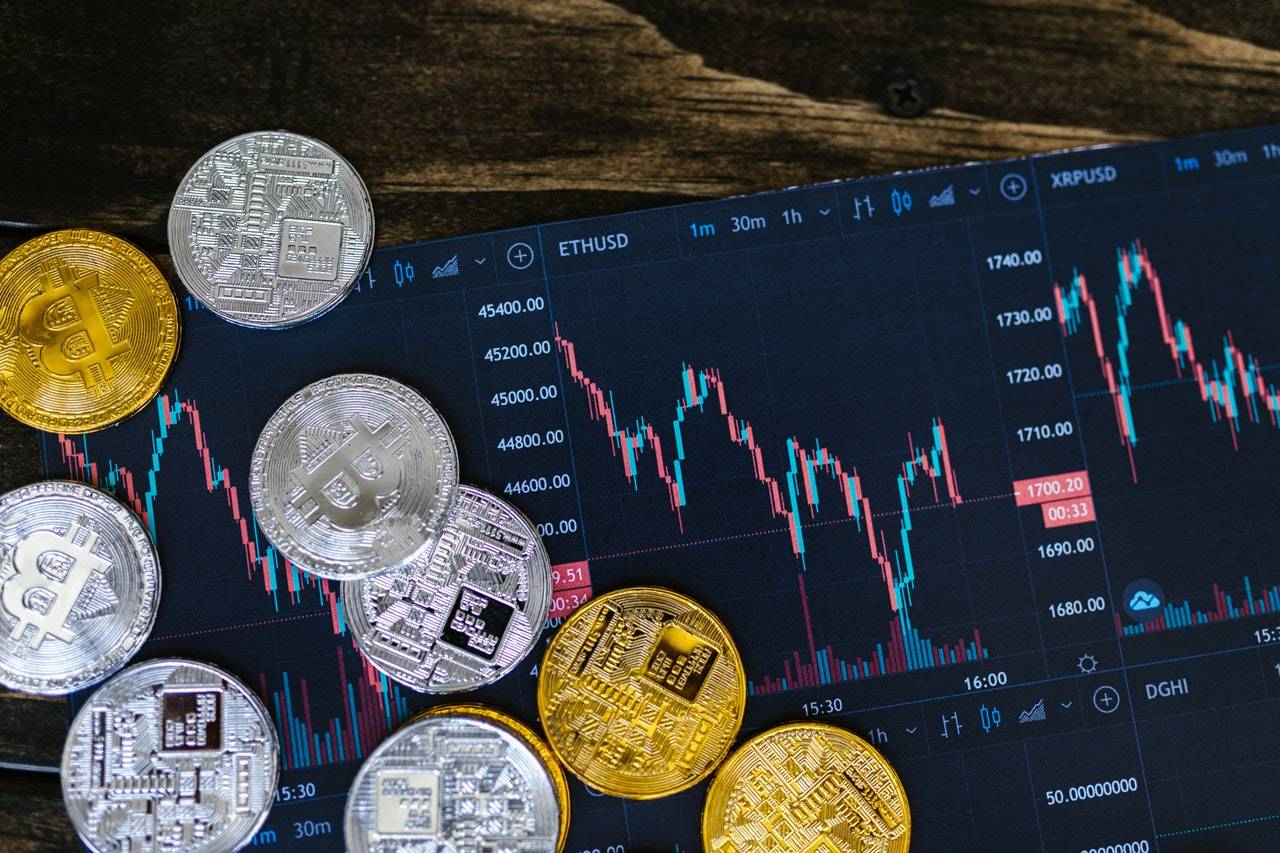Every transaction in GIBX Forex Broker and Trading that occurs in a peer-to-peer network is recorded in a blockchain, which is a decentralized ledger. Participants may confirm transactions themselves using this technology instead of relying on a central clearing body. Fund transfers, trade settlements, voting, and several other difficulties are examples of possible uses.
Consider blockchain technology in GIBX Forex Broker and Trading as the next generation of business process optimization tools from an enterprise standpoint. Blockchain and other collaborative technologies promise to enhance commercial procedures between organizations by reducing the “cost of trust” dramatically. The return on investment for each dollar invested may be much better than most typical internal investments as a result.
As well as clearing and settlement, financial institutions are looking at how blockchain technology may revolutionize insurance.
Storage Structure of the Blockchain Technology in Trading.
The structure of the data on a blockchain in GIBX Forex Broker and Trading differs significantly from that of a traditional database. As the name suggests, a blockchain is a database that stores large amounts of data in sets called blocks. The “blockchain” is a chain of data made up of blocks with varying storage capacities that are linked together when one is full. After then, all new information is combined into a newly created block, which is subsequently added to the chain once it is full.
Whereas a database stores its data in rows and columns in rows and columns, a blockchain in GIBX Forex Broker and Trading stores its data in chains of blocks (chunks). Now all blockchains are also databases, but not all databases are blockchains, as a result of this development. When implemented in a decentralized manner, this method also creates an irreversible chronology of data. As soon as a block is filled, it becomes a permanent part of the timeline. As blocks are added to the chain, an accurate timestamp is assigned to each one.
Decentralization in GIBX Forex Broker and Trading
Understanding blockchain is easier if you look at it from the perspective of how Bitcoin uses it. Bitcoin’s blockchain is stored on a network of computers, much like a database. This blockchain is nothing more than a special kind of database for Bitcoin, which records every single transaction ever conducted with the digital currency. While most databases include several servers located under one roof, the servers in the Bitcoin network are all managed by a single person or group of people, as opposed to most databases in GIBX Forex Broker and Trading.
Consider a scenario in which a business has a server with 10,000 machines and a database containing all of the account information for its clients. This business owns a warehouse where all of these computers are housed under one roof, and it has complete access to all of the data on each of those systems. There are hundreds of computers that make up Bitcoin’s blockchain, but each one is in a distinct geographical area, and it is run by a different person or group. Nodes are the machines that comprise the Bitcoin network.
The decentralized nature of Bitcoin’s blockchain is reflected in this approach. But there are centralized, privately owned blockchains, in which the machines that make up the network are owned and maintained by GIBX Forex Broker and Trading.
The data that has been saved on a blockchain from its start is available to every node. The data is all of the Bitcoin transactions in the past. If a node’s data has a mistake in GIBX Forex Broker and Trading, the hundreds of other nodes may be used as a point of reference to help fix it. This ensures that no one node in the network may modify the data it contains. As a result, the history of transactions in each block of the Bitcoin blockchain cannot be reversed once it has been recorded.
Transparency in GIBX Forex Broker and Trading
Bitcoin’s blockchain is decentralized in GIBX Forex Broker and Trading, which means that anybody may witness all transactions in real-time by running a personal node or by utilizing blockchain explorers. There is a copy of the whole chain on each node, and that copy is constantly being updated as new blocks are verified and added. As a result, if you wanted to, you could keep tabs on the whereabouts of Bitcoin.
In the past, exchanges have been hacked, resulting in the loss of all Bitcoins owned by users. Even if the hacker is completely anonymous, the stolen Bitcoins may be tracked out. Those who have been hacked would know if any of their Bitcoins have been transferred or spent.
Brands can now follow a food product’s journey from its origin to its ultimate destination using blockchain technology. If a meal is determined to be contaminated, the path it took to get there may be traced back to its beginning. These businesses can now see everything else they’ve come into touch with, making it possible to identify an issue considerably more quickly and perhaps save lives as a result. This is only one example of how blockchains are being used in the real world, and there are many more, as mentioned by GIBX Forex Broker and Trading.
